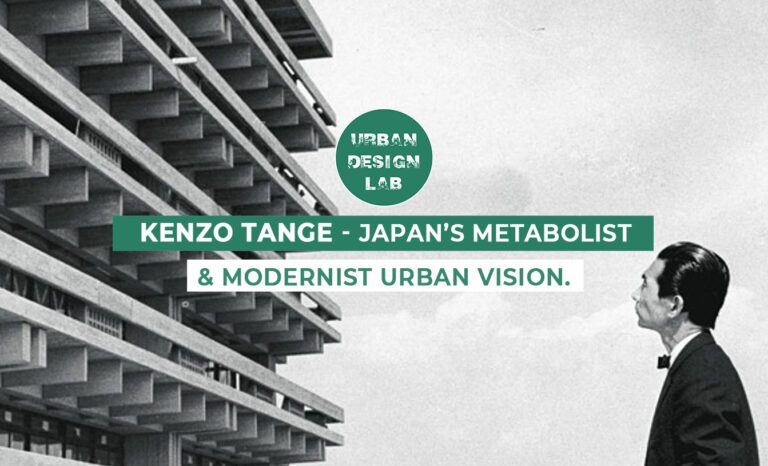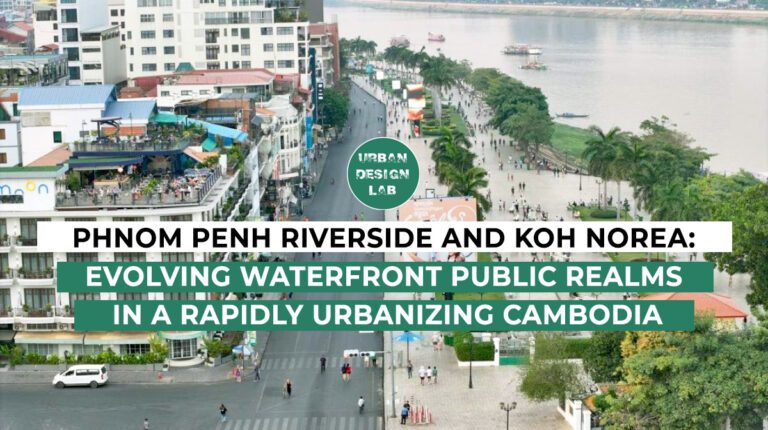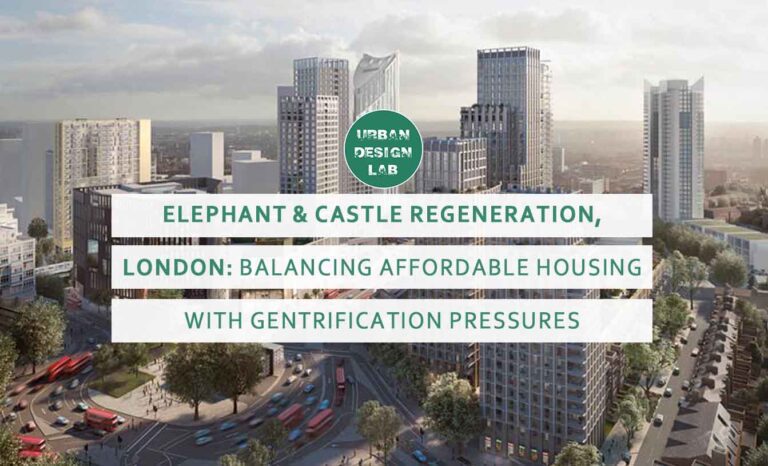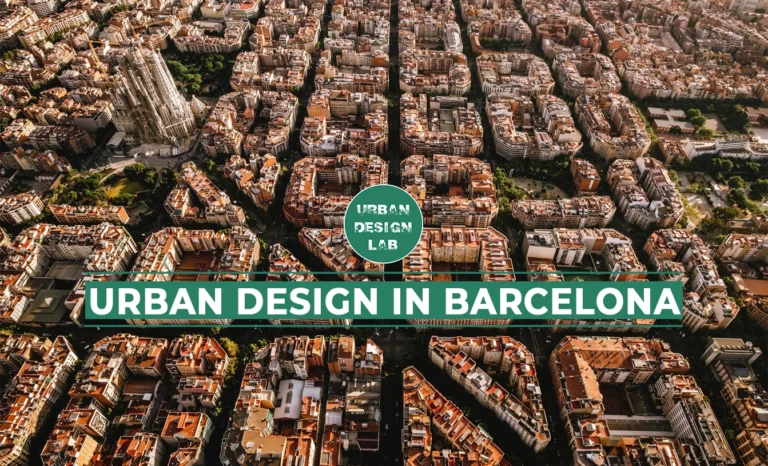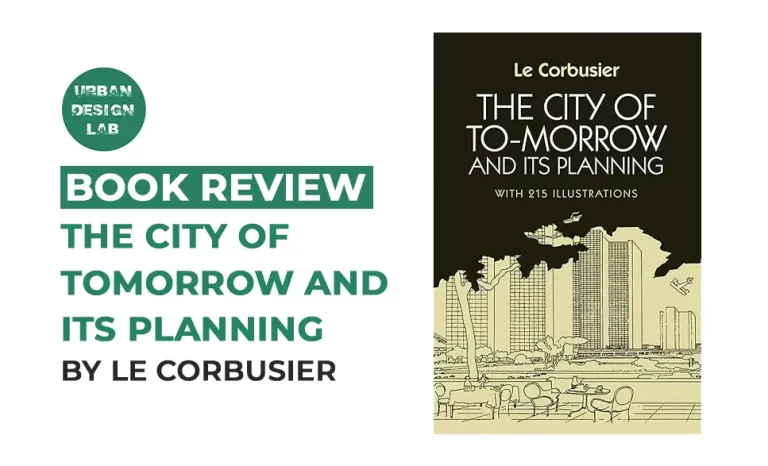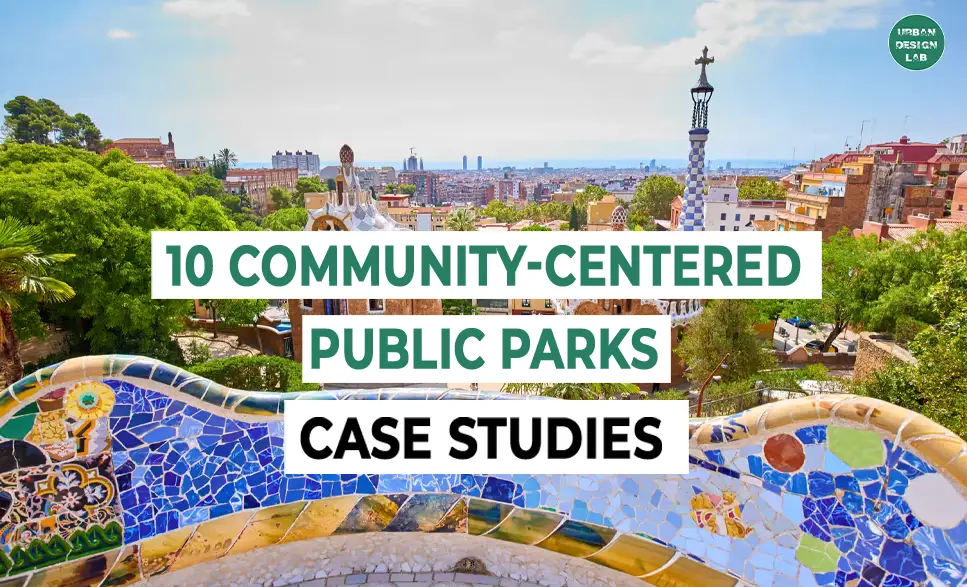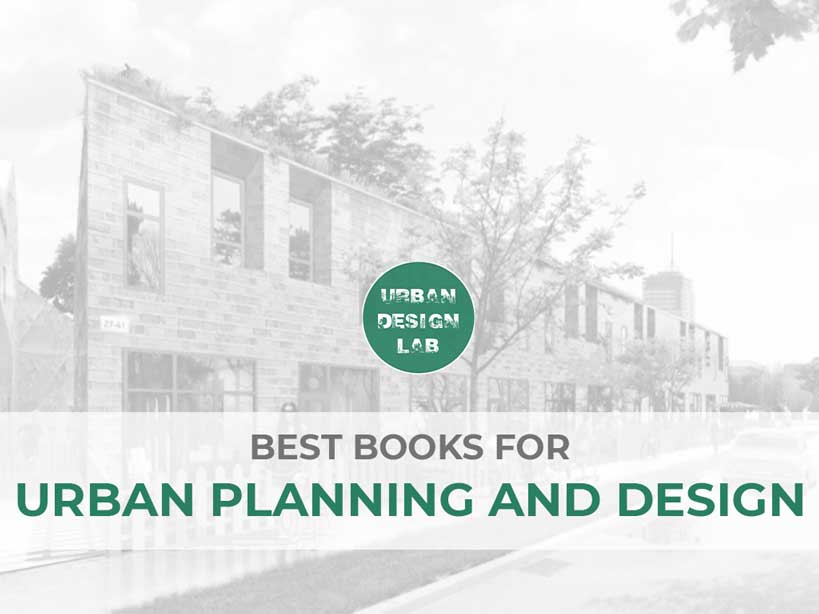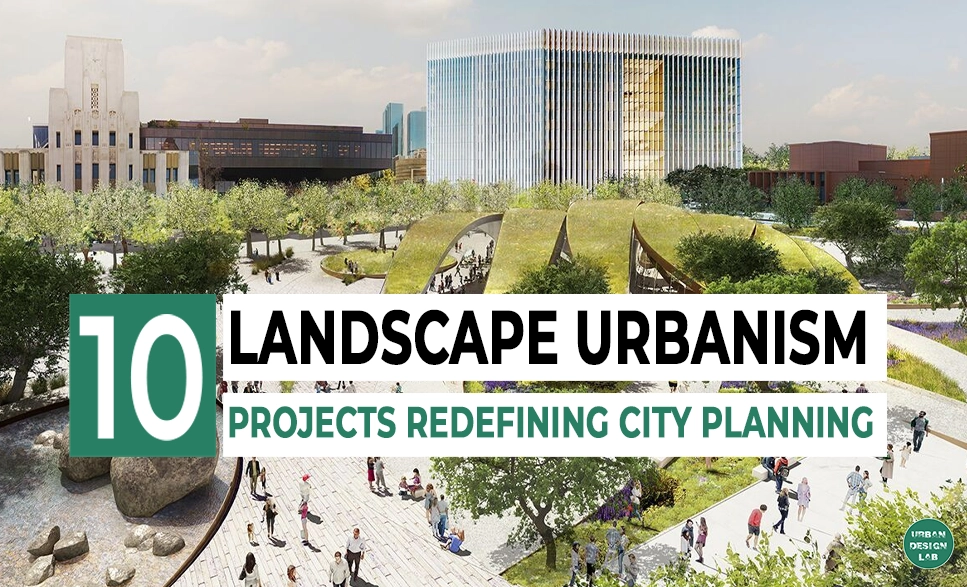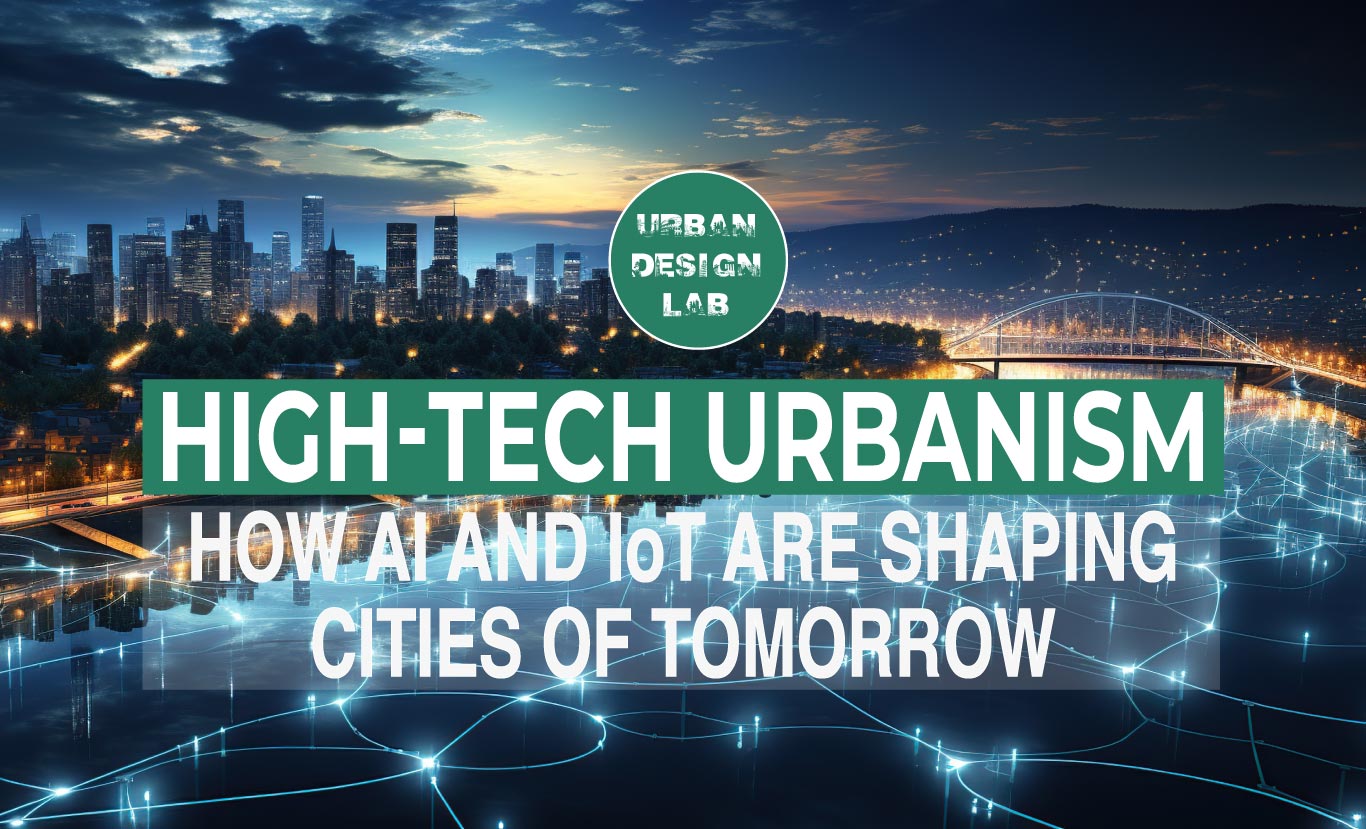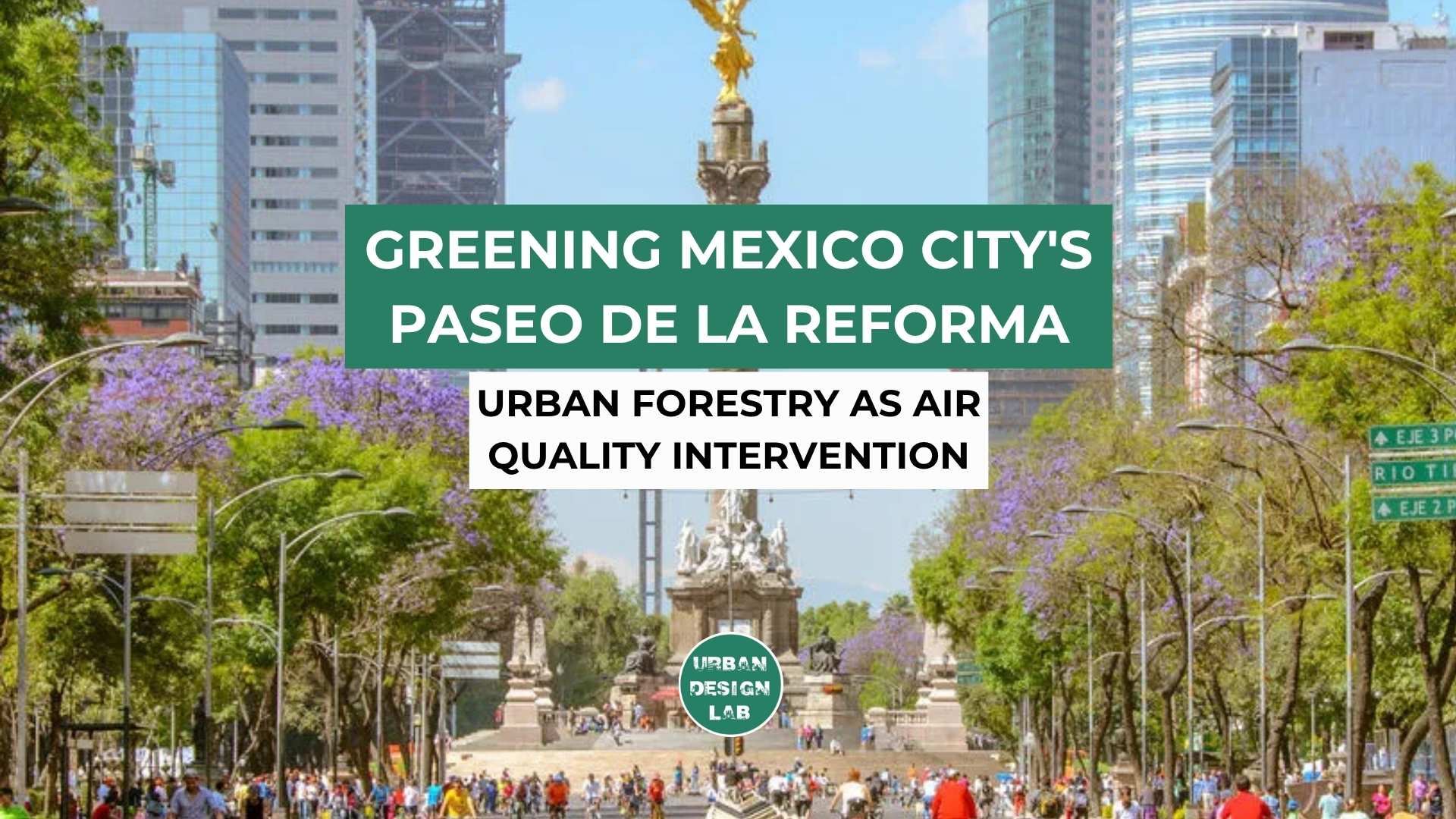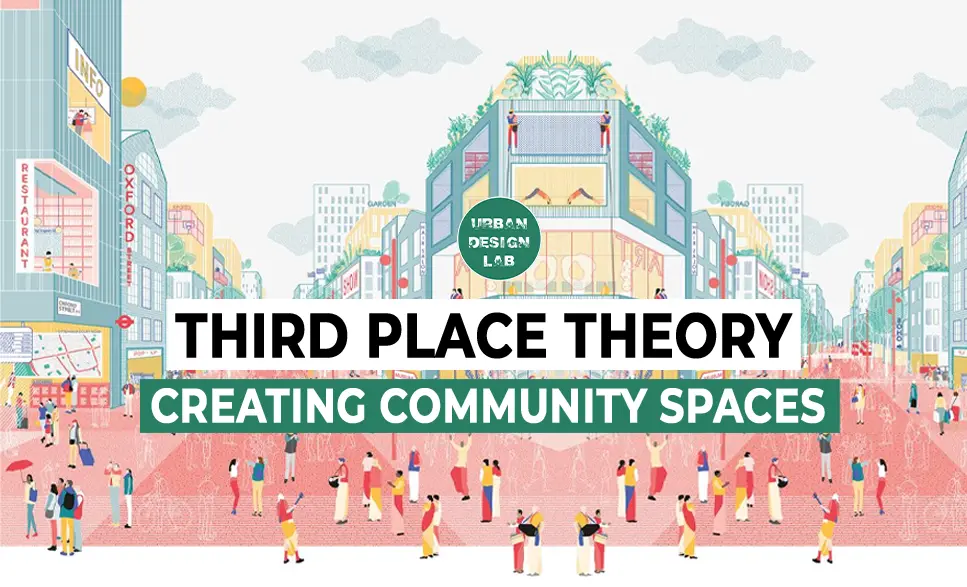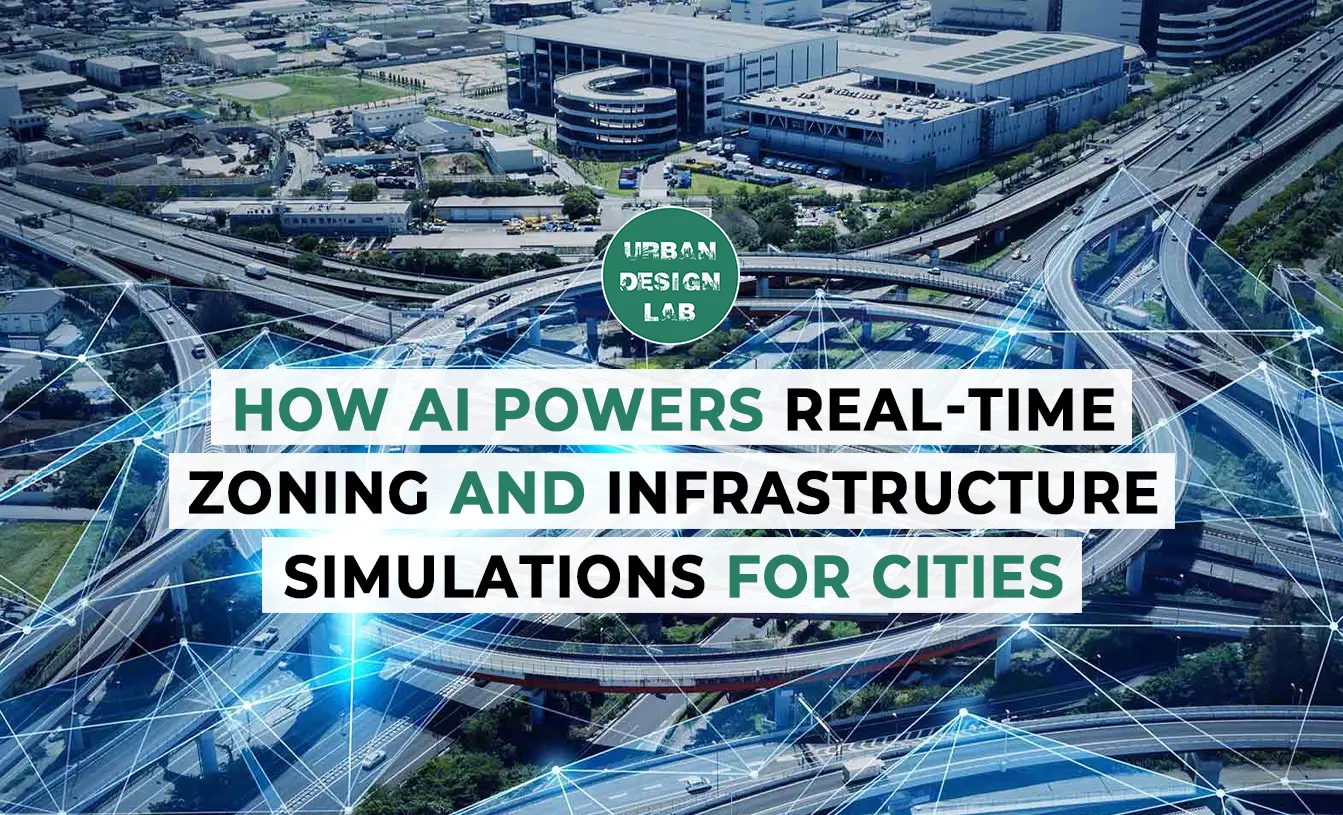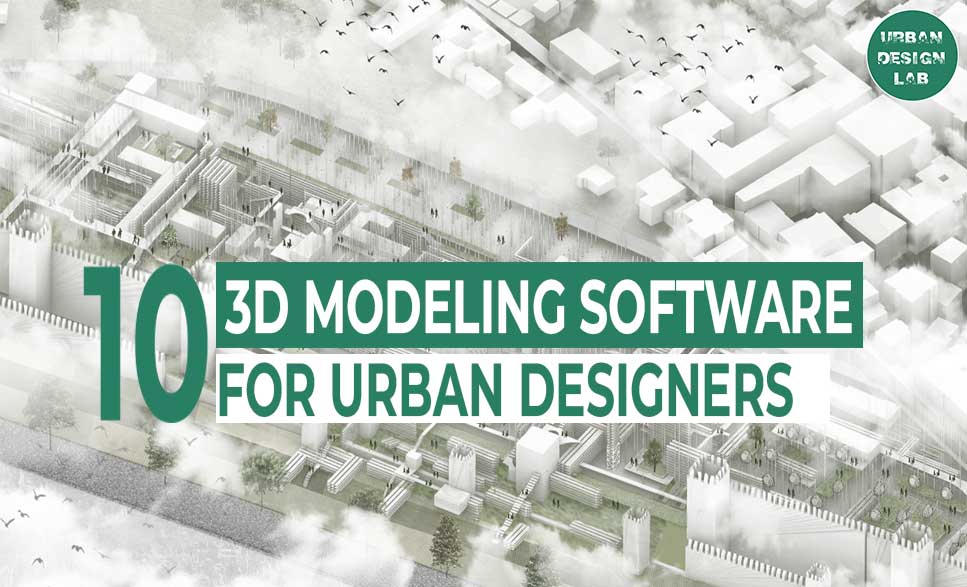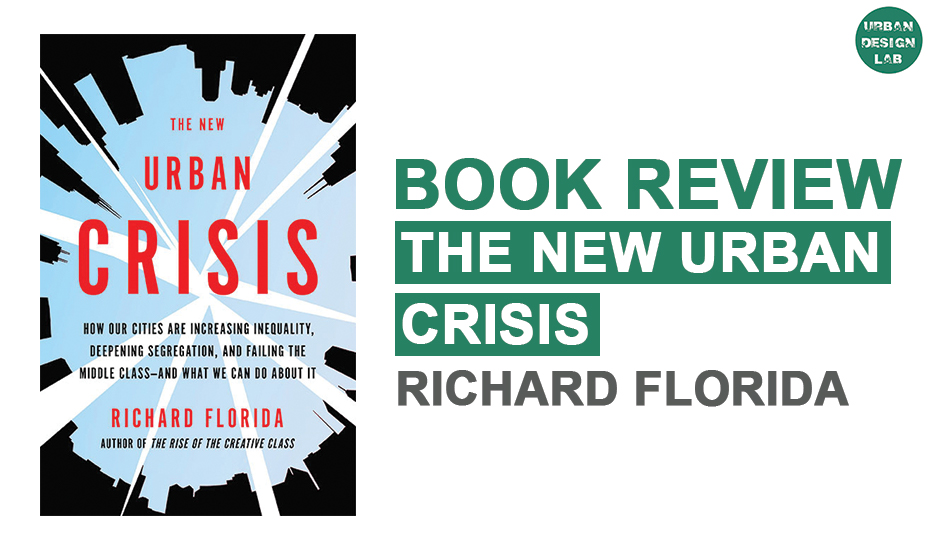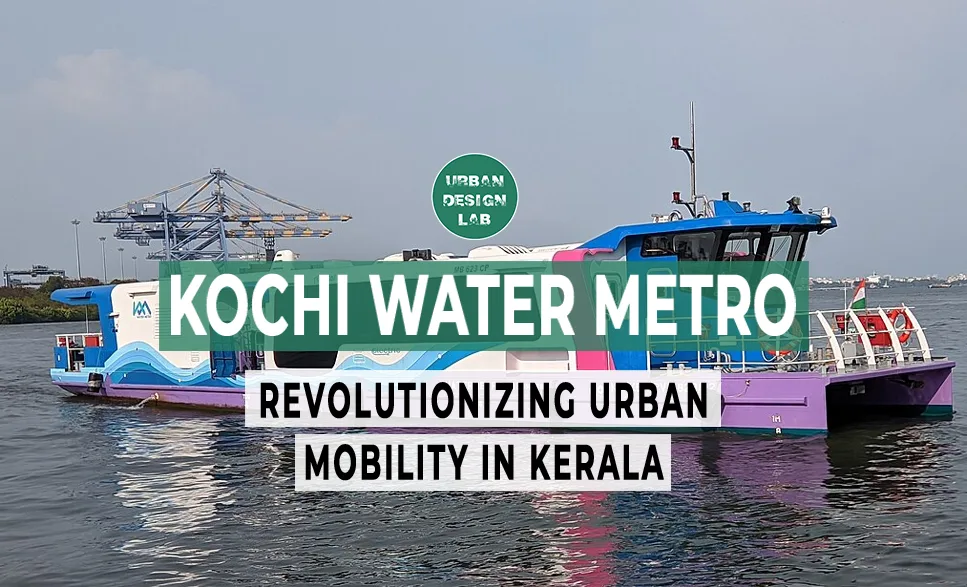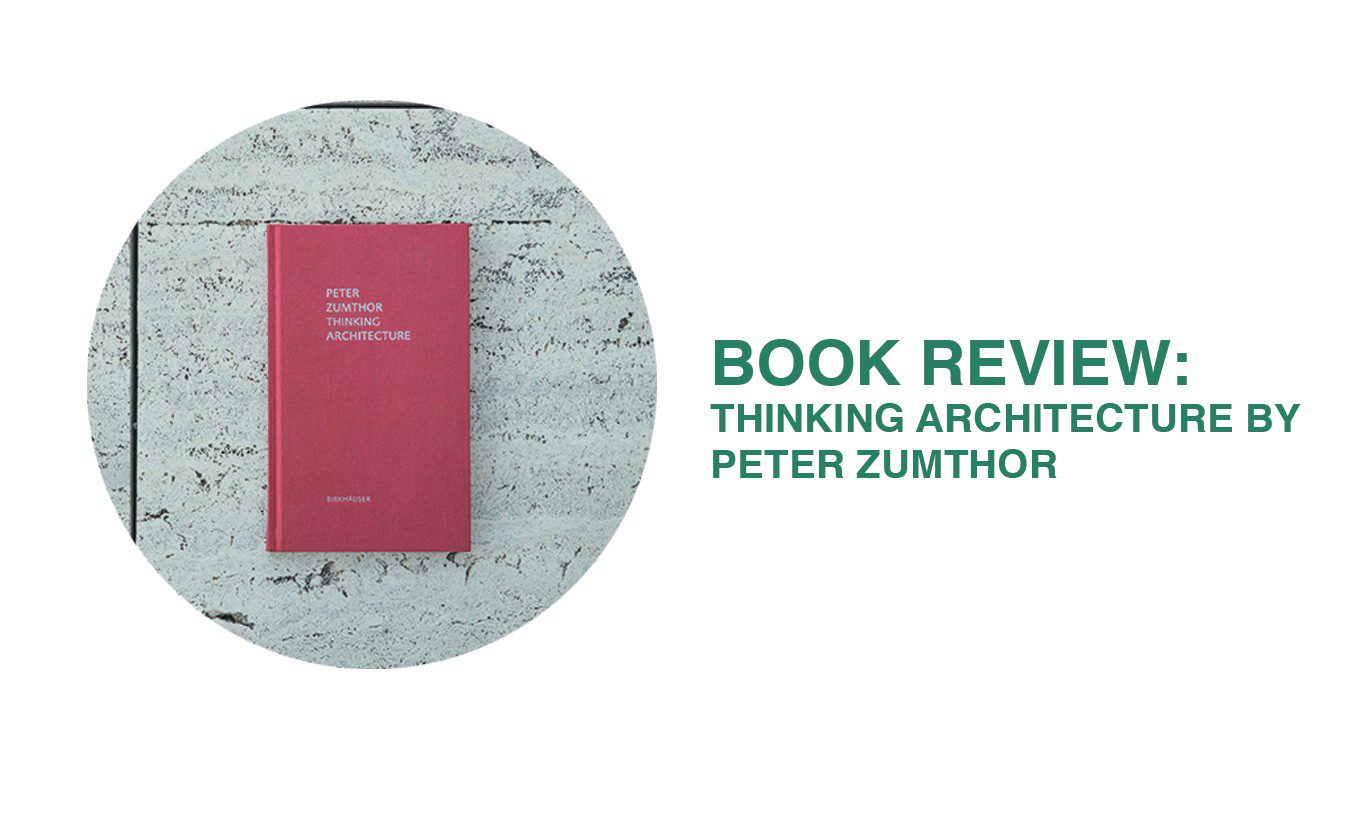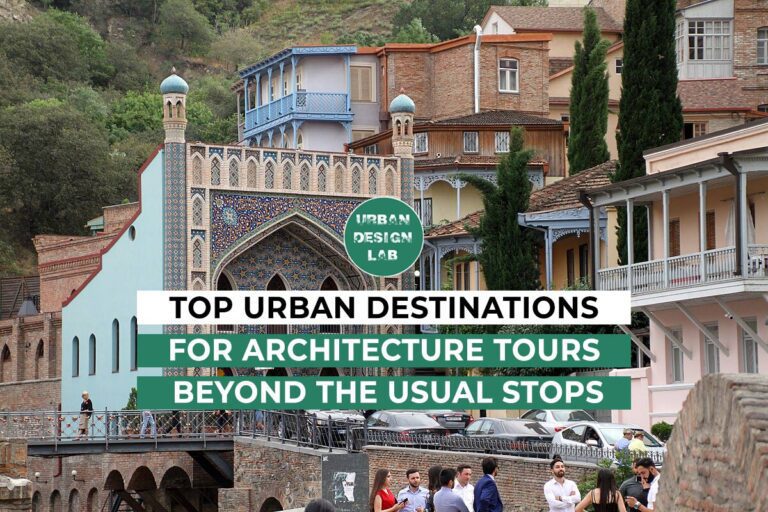
Public Choice Theory in City Planning
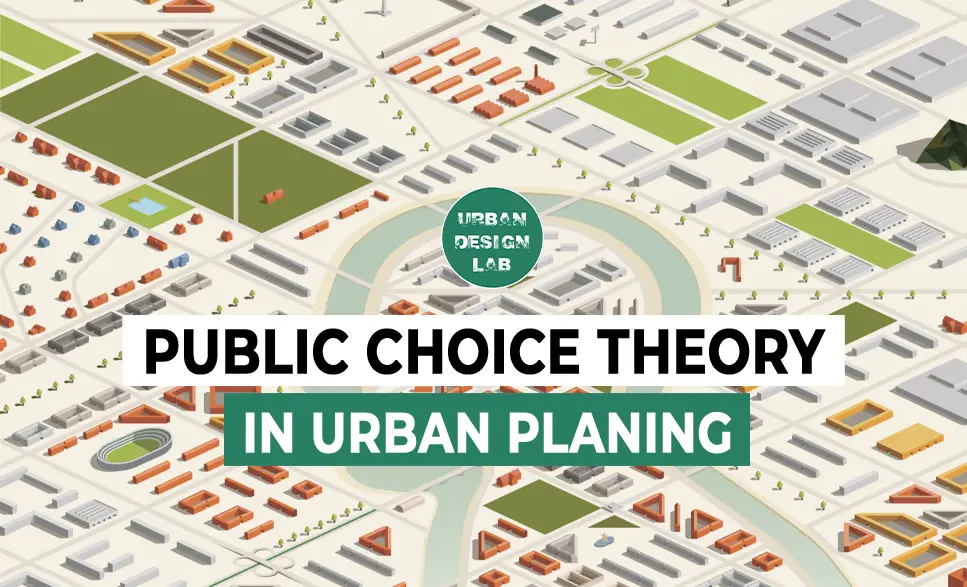
City planning is often viewed as a technical exercise aimed at optimizing land use and infrastructure. However, the reality is far more complex. Public choice theory offers a unique lens through which to examine the political and economic forces that shape urban development. By applying economic principles to the study of political decision-making, this theory challenges the traditional notion of government as a benevolent actor.
While the intersection of public choice theory and urban planning has not been extensively explored, this research article seeks to bridge this gap. By defining public choice theory, examining its evolution, and applying its principles to urban contexts, this research aims to illuminate how political and economic factors shape city development. Through case studies and critical analysis, the paper will identify key implications and suggest avenues for future research in this field.
Defining Public Choice Theory and Its Significance
Public Choice Theory is essentially the application of economic principles to political behavior. It assumes that individuals, whether they are voters, politicians, or bureaucrats, are primarily motivated by self-interest, just as they are in the marketplace. It states that officials or individual groups push an agenda based on self-interest that could do good for a fraction of the community by overlooking the bigger picture. This perspective contrasts with the traditional view of government as a selfless entity working for the common good.
It offers a powerful lens through which to analyze political processes and outcomes. Its significance lies in:
- Explaining Government Behavior: Understand why governments sometimes make inefficient or irrational decisions, often due to the influence of special interest groups. Providing a framework for understanding the motivations and incentives of individuals in collective decision-making.
- Identifying Policy Failures: By analyzing the incentives of political actors, it can help identify potential policy failures and propose alternative approaches.
- Improving Governance: Understanding the underlying motivations of politicians and bureaucrats can lead to reforms aimed at increasing efficiency and accountability.
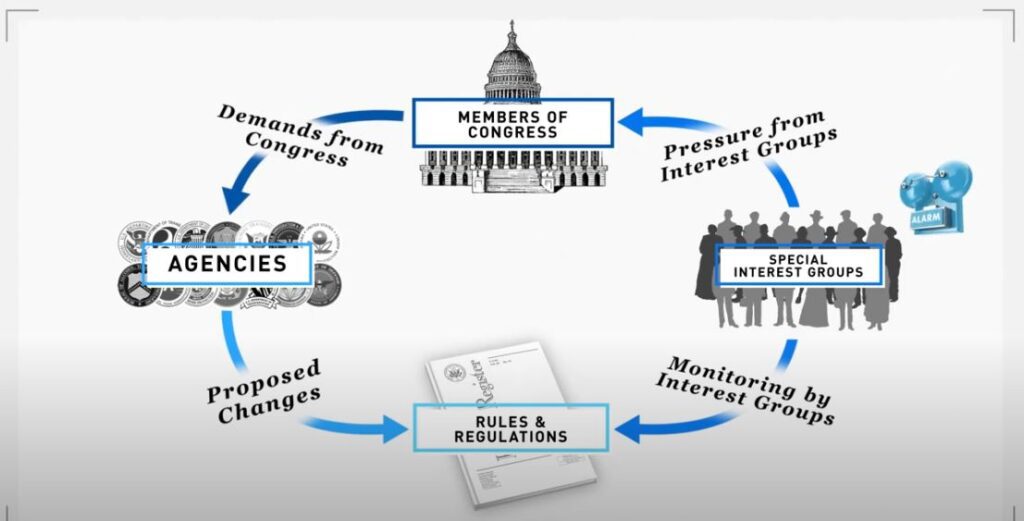
Historical Context: The Evolution of Public Choice Theory
Public Choice Theory has undergone significant evolution since its inception. While its philosophical roots trace back to early political thinkers, its formal development as a distinct field emerged in the mid-20th century with pioneering economists like James Buchanan and Gordon Tullock. Often hailed as the “founding fathers” of Public Choice, their seminal work The Calculus of Consent established the core principles of the theory. They emphasized that humans act as self-interested agents in both political and commercial spheres, challenging traditional notions of altruistic governance and introducing economic analysis into political science.
Today, Public Choice Theory continues to evolve and profoundly influence various disciplines, including urban planning and public policy. Its principles remain crucial for understanding political behavior and policy outcomes, especially in the context of urban development and governance. The theory is constantly refined to address new challenges such as collective decision-making in city planning, bureaucratic inefficiencies, and stakeholder engagement in sustainable architecture. By applying Public Choice insights, policymakers and urban planners can better anticipate the self-interested actions of individuals and groups, leading to more effective and resilient urban strategies.
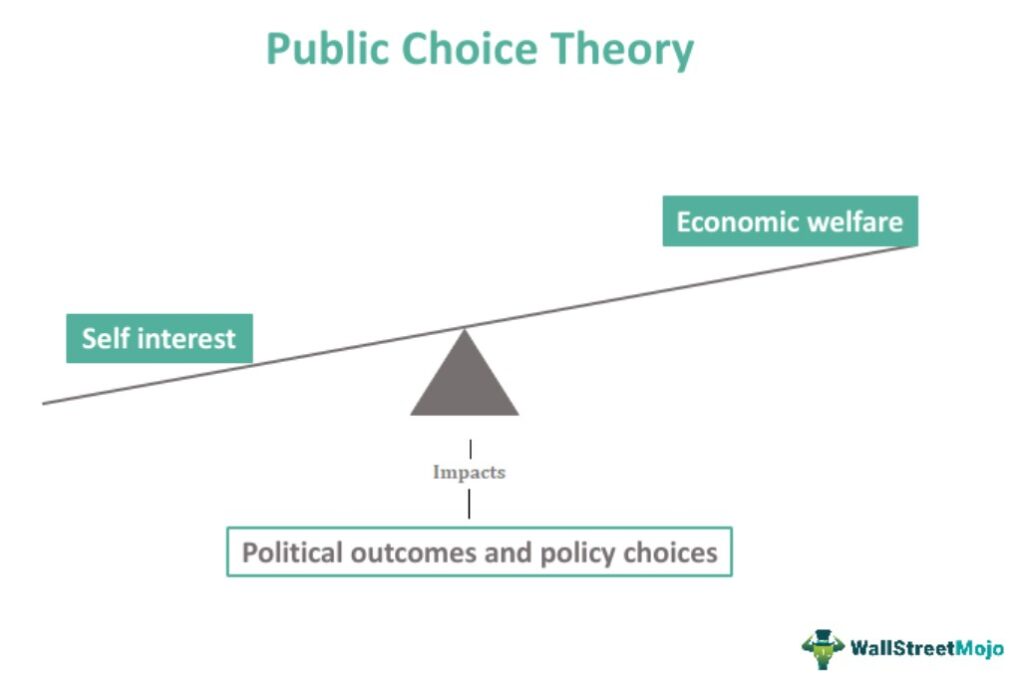
Source: Website Link
The Evolution of Public Choice Theory in relation to Urban Planning
While not initially directed toward urban planning, Public Choice Theory’s foundational concepts have significantly shaped our understanding of the political economy of cities. The theory delves into how individual self-interest and collective decision-making impact urban development.
Rent-Seeking Behavior
Theorists identified the tendency of individuals and groups to seek economic advantages through government intervention, a phenomenon known as rent-seeking. In urban planning, this manifests when developers and interest groups lobby for favorable zoning regulations, tax incentives, or public investments. Such actions can lead to imbalanced growth, where certain areas receive disproportionate benefits, potentially undermining equitable urban development.
Bureaucratic Inertia
Public Choice Theory highlights the tendency of bureaucracies to resist change and prioritize self-preservation. In the realm of urban planning, this translates to rigid zoning codes, lengthy approval processes, and a reluctance to embrace innovative development approaches. Bureaucratic inertia can stifle creativity, delay essential projects, and hinder the adoption of sustainable practices vital for modern urban environments.
Public Choice Theory and the Urban Crisis
The urban crisis of the mid-20th century—marked by decay, inequality, and fiscal challenges—provided fertile ground for applying Public Choice Theory to real-world problems.
Fiscal Crisis
The theory helps explain how short-term political considerations, such as maximizing tax revenue without sustainable planning, can lead to long-term fiscal problems for cities. Policymakers may prioritize immediate gains over the financial health of future budgets, resulting in deficits that strain public services and infrastructure investments.
Urban Decay
Public Choice Theory offers insights into why public officials might neglect certain neighborhoods, leading to disinvestment and decay. Factors include political neglect due to a lack of influential constituents or the diversion of resources to more prominent areas. This neglect accelerates urban blight and exacerbates socioeconomic divides.
Inequality
The theory illuminates how policies designed to address social issues can inadvertently exacerbate inequality. For instance, urban renewal projects intended to rejuvenate areas may lead to gentrification, displacing long-term, lower-income residents. Understanding these unintended consequences is crucial for creating policies that promote equitable growth.

Public Choice Theory in Contemporary Urban Planning
Public Choice Theory and Neoliberal Urbanism
The rise of neoliberalism in the late 20th century brought new challenges and opportunities for the theory in urban planning.
- Market-based solutions: The theory’s emphasis on individual rationality aligned with neoliberal approaches to urban development, leading to increased privatization, and public-private partnerships.
- Gentrification: The theory helped explain how market forces could drive gentrification, displacing low-income residents.
- Sustainability: While initially focused on economic efficiency, the theory began to incorporate environmental concerns, leading to discussions about sustainability challenges.
Public Choice Theory in Contemporary Urban Planning
Today, Public Choice Theory continues to shape urban planning and design.
- Citizen participation: The theory has contributed to understanding the challenges of engaging citizens in the planning process, leading to innovations in collaborative planning.
- Smart cities: The theory is being applied to analyze the governance and economic implications of smart city technologies.
- Equity and inclusion: Public Choice Theory is helping to understand how power dynamics and institutional biases can perpetuate inequality in urban development.
Public Choice Theory has evolved from a general theory of political behavior to a tool for analyzing urban challenges. By understanding the incentives and constraints of different actors, policymakers can develop more equitable urban policies.
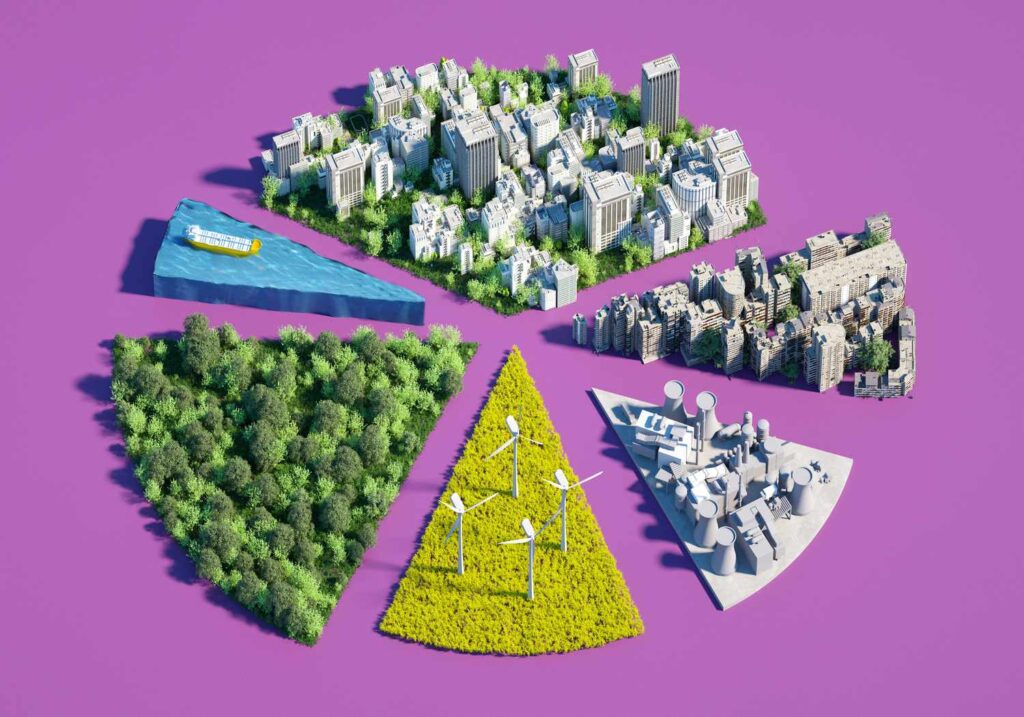
Framework: Key Principles and Implications of Public Choice Theory
Public choice theory applies economic principles to political behavior, assuming individuals act rationally to maximize their self-interest, just as they do in the marketplace.
- Self-Interest: Political actors, including voters, politicians, and bureaucrats, are primarily motivated by self-interest rather than altruism.
- Market-like Behavior: Political processes can be analyzed using economic models and concepts, such as supply and demand, competition, and incentives.
- Vote Maximization: Politicians seek to maximize their chances of reelection by catering to voter preferences and interest groups.
- Bureaucratic Growth: Bureaucracies tend to expand their budgets and power over time, regardless of the efficiency or effectiveness of their services.
- Rent-Seeking: Individuals or groups may use political influence to capture economic benefits without creating corresponding value.
Implications for Urban Planning:
- Critical evaluation of zoning and land use regulations: Identifying potential rent-seeking behaviors and unintended consequences.
- Emphasis on market-based solutions: Exploring opportunities to utilize market forces for efficient land use allocation.
- Transparency and accountability: Promoting open decision-making processes and public participation.
- Cost-benefit analysis: Rigorous evaluation of proposed projects to assess their true impact.
- Limited government intervention: Considering the potential for government failure and exploring alternative approaches.

How Public Choice Theory influence Urban Development
Land Use Regulations and Public Choice Theory
Understanding the dynamics between interest groups, politicians, and zoning decisions is crucial for creating more equitable urban environments. Public Choice Theory illuminates how these interactions shape land use regulations, profoundly affecting urban development and societal equity.
Interest Groups and Zoning
A cornerstone of Public Choice Theory is the impact of interest groups on policy outcomes. In the realm of zoning, developers exemplify powerful interest groups seeking to maximize profits, while existing homeowners aim to preserve the character of their neighborhoods.
- Upzoning: Developers often lobby for upzoning—changing land designation from residential to commercial or higher-density residential use—to increase property value and development potential. This can lead to transformative projects that reshape urban skylines but may also strain existing infrastructure and alter community dynamics.
- Downzoning: Conversely, existing homeowners may advocate for downzoning to maintain lower-density residential areas. This preservation effort can hinder new development, limit housing supply, and exacerbate affordability issues, especially in rapidly growing cities.
The Political Landscape
Politicians, aiming for re-election, are often highly responsive to the demands of these influential interest groups.
- Campaign Contributions: Developers may contribute substantially to political campaigns, creating a sense of obligation among elected officials. This financial support can sway zoning decisions in favor of development interests, sometimes at the expense of broader community needs.
- Voter Influence: Homeowners are typically more likely to vote and participate in local politics than renters. This higher voter turnout influences politicians to prioritize their concerns, potentially leading to policies that favor established residents over newcomers or marginalized groups.
Implications for Urban Development
The outcomes of these interactions can significantly impact the trajectory of urban development:
- Lack of Affordable Housing: Restrictive zoning can limit the housing supply, driving up prices and making affordability a critical issue. This scarcity disproportionately affects low-income residents and can contribute to increased homelessness and socioeconomic segregation.
- Urban Sprawl: When development is pushed to the outskirts due to restrictive inner-city zoning, urban sprawl intensifies. This expansion leads to longer commutes, increased traffic congestion, and greater environmental degradation, undermining efforts toward sustainable urban living.
- Inefficient Land Use: Zoning decisions that do not consider the broader community’s needs result in inefficient land use. This inefficiency can stifle economic growth, limit access to essential services, and perpetuate social inequalities by segregating communities along economic and racial lines.
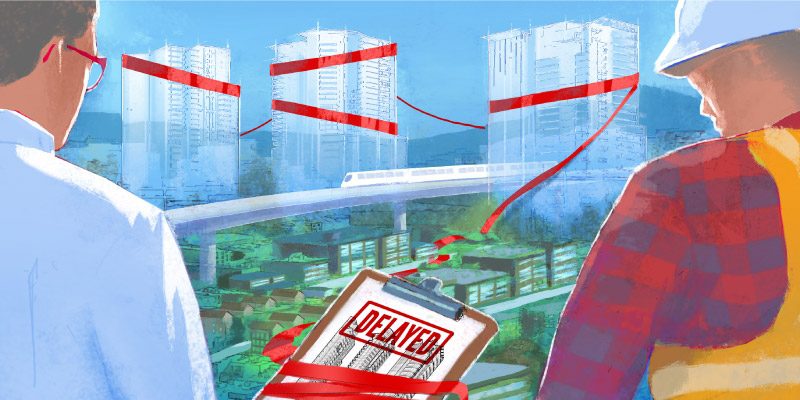
Urban Sprawl and Public Choice
Las Vegas provides a stark example of the impacts of urban sprawl and the role of public choice theory in shaping land use patterns.
Key Public Choice Theory Implications:
- Land developers and real estate interests have strongly influenced land use policies to maximize profits, leading to sprawling development patterns.
- Politicians often prioritize policies that appeal to suburban voters, even if they contribute to urban sprawl and its associated problems.
- Large, complex zoning and planning departments can be slow to adapt to changing conditions, reinforcing existing development patterns.
Specific Challenges:
- Water Scarcity: Las Vegas’s desert location combined with rapid population growth has strained water resources. Political decisions about water allocation have been influenced by various interest groups, such as agriculture and tourism.
- Traffic Congestion: Sprawling development has led to severe traffic congestion, increasing commuting times and air pollution.
- Lack of Public Transportation: Reliance on automobiles has hindered the development of effective public transportation systems.

Gentrification and Displacement
New York City has experienced rapid gentrification in many neighborhoods, leading to concerns about displacement of long-time residents. This case highlights the complex interplay of economic, social, and political factors.
Key Public Choice Theory Implications:
- Real estate developers and investors often seek to profit from gentrification, leading to rising property values and displacement.
- Politicians may be reluctant to address gentrification due to fears of alienating homeowners who benefit from increased property values.
- Gentrification can exacerbate income inequality within cities, leading to social and economic disparities.
Specific Challenges:
- The loss of affordable housing due to gentrification has contributed to a housing crisis in many New York City neighborhoods.
- The character of neighborhoods can change rapidly, leading to the loss of cultural institutions and businesses.
- Long-time residents may be forced to move due to rising rents and property taxes.
Potential Solutions:
- Requiring developers to include affordable housing units in new developments can help mitigate displacement.
- Strengthening tenant protections can help prevent evictions and stabilize neighborhoods.
- Increasing funding for public housing can provide affordable options for low-income residents.
By understanding the public choice dynamics involved, policymakers can develop more equitable and sustainable urban development strategies.
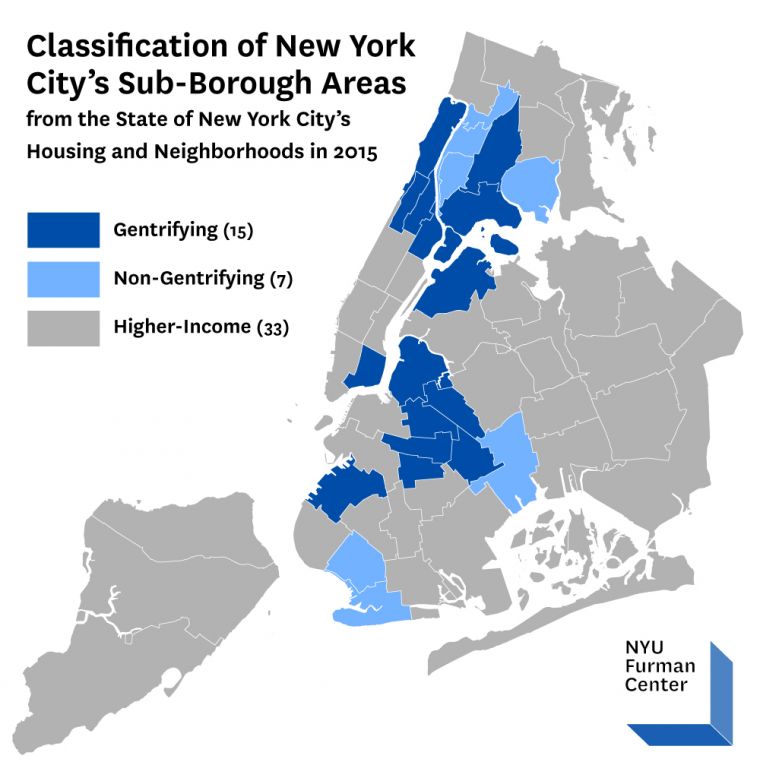
Critical Reflections: Challenges and Limitations of the Public Choice Theory
One significant critique of Public Choice Theory is its overemphasis on individual rationality, which often neglects altruistic behavior and the influence of social norms in decision-making processes. By assuming that all actors are purely self-interested, the theory oversimplifies human motivations, leading to a narrow understanding of the complex issues that characterize urban environments. This reductionist view can overlook how community values and collective goals shape urban development, potentially resulting in policies that fail to address the multifaceted needs of diverse urban populations.
Despite acknowledging the impact of interest groups, Public Choice Theory frequently overlooks the broader power structures within society. This omission results in an incomplete understanding of how certain individuals or entities can dominate decision-making processes, especially in the context of urban planning. By not fully accounting for systemic inequalities and entrenched power dynamics, the theory may fail to explain why some voices are amplified while others are marginalized, thereby limiting its effectiveness in promoting equitable urban development.
The theory’s limited scope is another area of concern. By primarily focusing on political and economic factors, it often neglects the social, cultural, and historical contexts that significantly shape urban development. This narrow lens can hinder its applicability to the multifaceted challenges cities face today, such as cultural preservation, social cohesion, and historical legacy integration. Ignoring these critical dimensions may result in urban planning strategies that are disconnected from the communities they aim to serve, reducing their overall effectiveness and sustainability.
Additionally, the difficulty in quantifying and measuring many variables within Public Choice Theory limits its predictive power and practical application in urban planning. Concepts like individual preferences, bureaucratic motivations, and the nuanced influence of interest groups are complex and often resist empirical measurement. This challenge can impede the development of reliable models and forecasts, which are essential tools for policymakers aiming to implement effective urban strategies.
An overemphasis on the self-interested behavior of politicians and bureaucrats can also lead to a pessimistic view of government’s ability to address urban problems. This cynicism may result in policy paralysis, where stakeholders become reluctant to pursue ambitious urban development initiatives due to a lack of trust in public institutions. Such a perspective can stifle innovation and discourage the collaborative efforts necessary to tackle complex urban challenges, ultimately hindering progress toward sustainable and inclusive city growth.
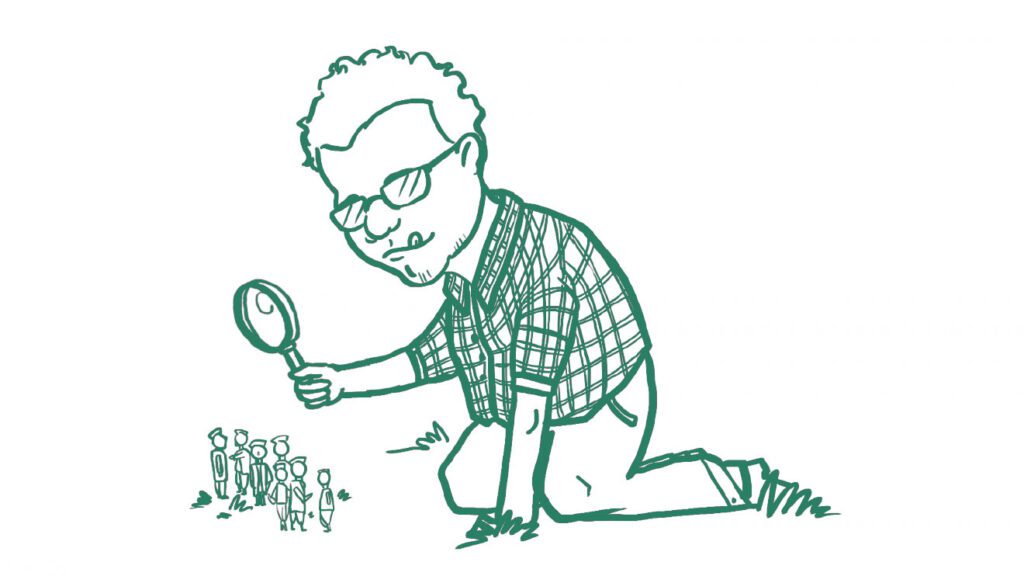
Future Directions: Expanding the Scope of Public Choice Theory Research
To advance public choice theory in contemporary urban planning, researchers should delve deeper into how people really behave in this day and age, not just how we think they should. By examining cognitive biases, the political economy of climate change, and the impact of digital technologies on urban governance, researchers can gain a more nuanced understanding of how individuals, institutions, and technology shape cities. Comparative analysis across different cities and contexts can also enrich the field by identifying common patterns and variations in public choice dynamics. Ultimately, these efforts aim to develop more effective urban planning policies.
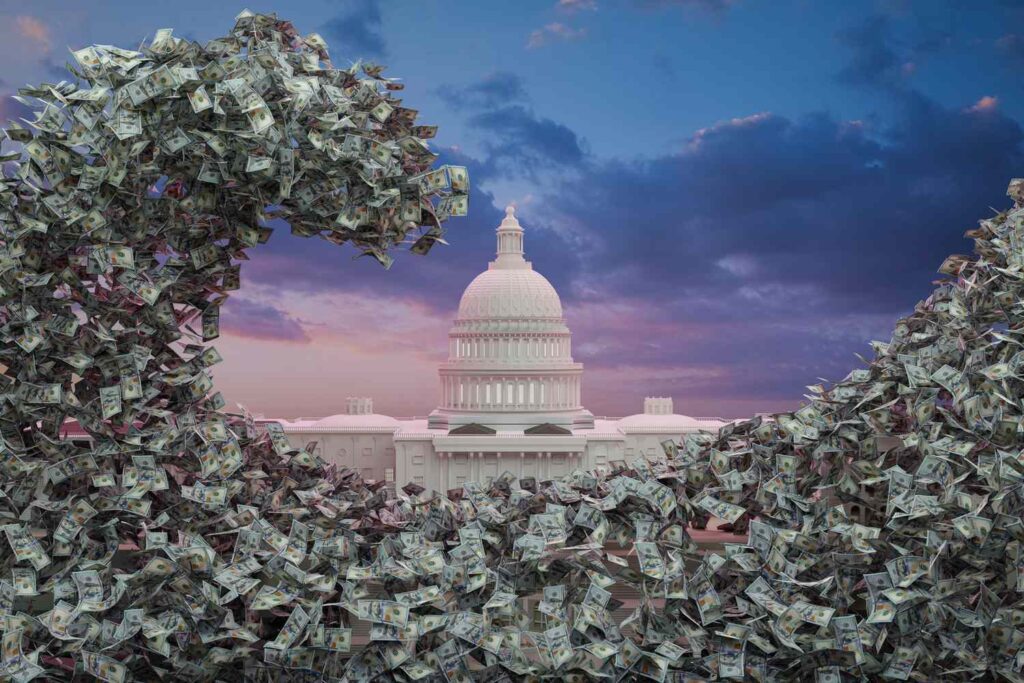
Conclusion
Public choice theory offers a valuable lens through which to examine the complexities of urban planning. By recognizing the role of self-interest, power dynamics, and institutional constraints, urban planners and policymakers can develop strategies to mitigate negative outcomes and promote more equitable and sustainable cities.
While the theory highlights potential inefficiencies and challenges, it also provides insights into potential solutions. It can help identify potential conflicts of interest, anticipate unintended consequences of policies, and inform the design of more effective governance structures if used critically and in conjunction with other theoretical perspectives. Ultimately, public choice theory serves as a tool for critical analysis, enabling a deeper understanding of the forces shaping our urban environments.
This article has outlined the core concepts of public choice theory and explored its impact on urban development and decision-making processes. By shedding light on this perspective, the article contributes to a broader understanding of urban issues. Moreover, it identifies areas where further research is needed to deepen our knowledge of how political and economic factors shape our cities.
References
- Bureaucracy – Public Choice Theory – Michael Munger (2020). [Motion Picture].
- II, W. F. (n.d.). Public Choice. Retrieved from Econlib: https://www.econlib.org/cee/
- Jayachandran, A. (2024, April 15). Public Choice Theory. Retrieved from Wallstreetmojo: https://www.wallstreetmojo.com/public-choice-theory/
- Longley, R. (2022, October 27). What Is Public Choice Theory? Retrieved from ThoughtCo.: https://www.thoughtco.com/public-choice-theory
- Program, N. L. (2018, April 11). Urban Growth in Las Vegas, Nevada, USA. Retrieved from USGS: https://www.usgs.gov/media/images/urban-growth-las-vegas-nevada-usa
- Report Analyzes New York City’s Gentrifying Neighborhoods and Finds Dramatic Demographic Shifts. (2016, May 9). Retrieved from NYU Furman Center: https://furmancenter.org/thestoop/entry/new-report-analyzes-new-york-citys-gentrifying-neighborhoods-and-finds-dram
- Shaw, J. S. (n.d.). Public Choice Theory. Retrieved from The Library of Economics and Liberty: https://www.econlib.org/cee/
- The Impact of Land-Use Regulation on Housing Supply in Canada. (2016, July 7). Retrieved from Fraser Institute: https://www.fraserinstitute.org/studies/impact-of-land-use-regulation-on-housing-supply-in-canada
- Tullock, J. M. (n.d.). The Calculus of Consent: Logical Foundations of Constitutional Democracy. Retrieved from Econlib: https://www.econlib.org/library/Buchanan/
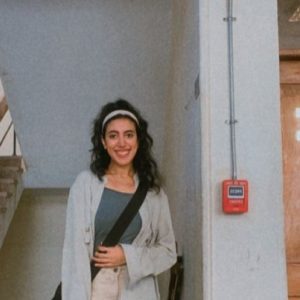
Ahella Abdelghaffar
About the author
Born and raised in Egypt, Ahella majored in Urban Design at Cairo University. Her interests include: Urban Design and mental health, as well as GIS applications in Urban Design.
- Articles, Urban Design Strategies, Urban Sociology, Urban theory
- Ahella Abdelghaffar, City Planning, Economic Science, Gentrification, Gordon Tullock, James M. Buchanan, Landuse Regulations, political economy of cities, Public Choice Theory, The Calculus of Consent, Urban Development, Urban Sprawl, Urban Studies
Related articles
UDL Illustrator
Masterclass
Visualising Urban and Architecture Diagrams
Session Dates
17th-18th January 2026

Urban Design Lab
Be the part of our Network
Stay updated on workshops, design tools, and calls for collaboration
Curating the best graduate thesis project globally!

Free E-Book
From thesis to Portfolio
A Guide to Convert Academic Work into a Professional Portfolio”
Recent Posts
- Article Posted:
- Article Posted:
- Article Posted:
- Article Posted:
- Article Posted:
- Article Posted:
- Article Posted:
- Article Posted:
- Article Posted:
- Article Posted:
Sign up for our Newsletter
“Let’s explore the new avenues of Urban environment together “


